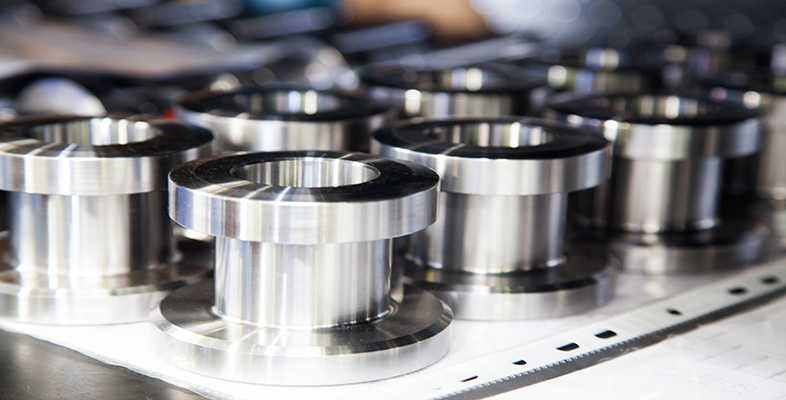7 Surface engineering
7.1 Introduction
So far we have considered how we might manufacture an artefact from a single material, or at most by joining together two components made from different materials. Quite often, however, the key properties we require from a product apply mostly to its surface. We may require it to be hard, or corrosion resistant, or we may want a colourful aesthetic effect. Under these circumstances, it can be more practical and cost effective to just change the properties of the surface rather than the whole artefact. This approach is known as surface engineering.
By engineering the surface layers of a product, desirable properties can be imparted. Whether this surface layer provides a protective coating, modifies or enhances the properties of the product, or is simply cosmetic to improve the aesthetic appearance, is a matter of design. Manufacturers of products now have a selection of processes with which they can improve their product. I will describe a few of these techniques in this section, together with examples of their use.
Life is full of compromises, and engineering is no different. Often, one set of properties is desired of the materials in making a component, but those properties are not suitable for either the manufacture or the overall performance of the final product.
Think about the car: one of the main factors in limiting the life of a car is the degradation – by corrosion – of the bodywork. In principle, we could make cars out of stainless steel, but the cost of the car would soar. Aluminium is better at resisting corrosion than steel, so in this case it is clear that we could make the body out of a choice of materials. This choice might include aluminium, plastics or steel.
In fact, the majority of cars in the UK are made from mild steel (steel which contains a small addition of carbon, typically up to 0.2 per cent carbon). This is an ideal choice for mass production in that it can be easily formed to the correct shape, can be joined by simple welding processes, and it is relatively cheap and light. However, if it were left as a bare mild steel body, it would soon be rusted completely through. Therefore cars are often galvanised (the surface is coated with a thin layer of zinc) and always painted. Such is the confidence in this surface process that cars are now available with up to 12 year anti-corrosion warranties. This is an example where the paint itself would not be a choice as a structural material. Therefore the steel is being 'surface engineered' to give the desired properties.
In surface engineering, improvements are made to the performance of a component by applying a coating or by actually modifying the surface of the material itself. Here I am going to discuss coating methods which change the performance of a product without necessarily affecting the properties of the bulk material. One of the important points to realise about surface engineering is that the layers of material that are added are often very thin. For a car, the total paint coat is usually
The benefits of surface engineering are illustrated by two case studies.
